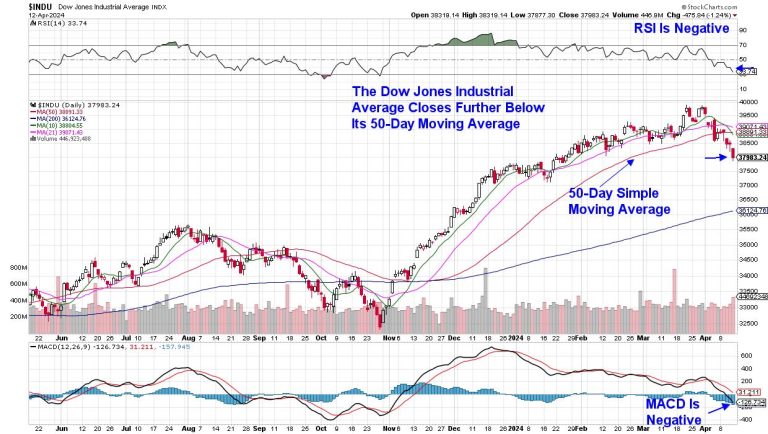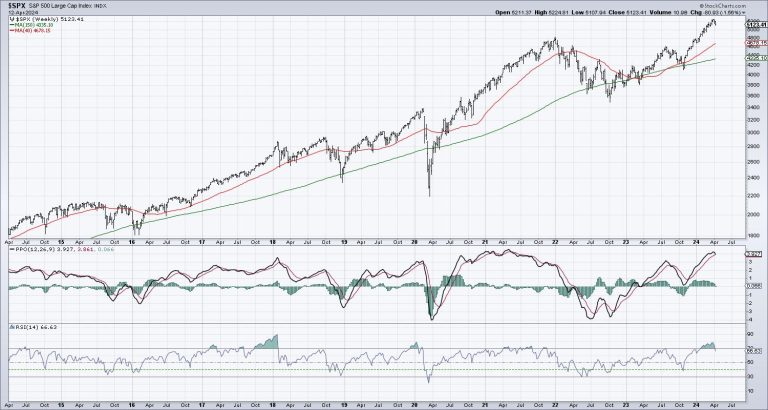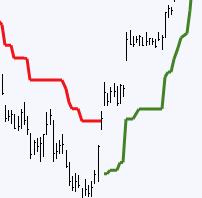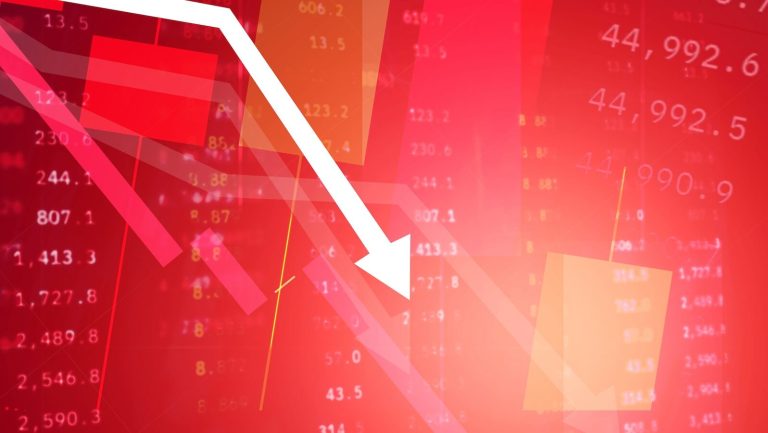The Democratic National Committee (DNC) covered legal fees for President Biden during the special counsel probe into his possession of classified documents, while his campaign slammed the Republican National Committee for paying former President Trump’s legal bills for his various criminal indictments.
The DNC paid former President Obama lawyer Bob Bauer, who is also married to senior White House adviser Anita Dunn, for ‘legal services’ after it was revealed the attorney had been tapped to handle the president’s classified documents scandal.
Over $1.05 million was doled out to Bauer and other lawyers representing Biden during special counsel Robert Hur’s investigation, with payments being made from July 2023 to February 2024, according to Axios, which first reported the story.
DNC spokesman Alex Floyd told Fox News Digital in a statement, ‘There is no comparison – the DNC does not spend a single penny of grassroots donors’ money on legal bills, unlike Donald Trump, who actively solicits legal fees from his supporters and has drawn down every bank account he can get his hands on like a personal piggy bank.’
News of the DNC’s payments to Biden’s lawyers in the Hur investigation comes as the president’s campaign has hit Trump for using donor money to pay off his legal debts.
Biden’s campaign recently slammed Trump over a ‘lack of funding,’ questioning if it is good strategy to reach out to ‘donors to help cover your own personal debts instead of funding your campaign.’
Last week, Biden’s campaign manager, Julie Chavez Rodriguez, said Biden’s fundraising was in ‘stark contrast to Trump’s cash-strapped operation that is funneling the limited and billionaire-reliant funds it has to pay off his various legal fees.’
Fox News Digital did not immediately receive comments from the Biden campaign or the White House Counsel’s office.
‘Joe Biden and the Democrats’ entire campaign against President Trump is based upon lies and hypocrisy — they have repeatedly stated they don’t spend money on Biden’s legal bills, while they attack President Trump for having to defend himself from Biden’s witch hunts,’ the Trump campaign said in a statement. ‘Come to find out, the DNC paid millions to cover Biden’s legal bills to a law firm run by the husband of top White House staffer Anita Dunn. Apparently, ’10% for the big guy’ from Hunter wasn’t enough for Crooked Joe to foot his own bill.’
As the DNC’s Floyd noted, Trump’s various committees have spent tens of millions on covering legal bills for the former president, and they have further solicited donations by citing the criminal cases he is involved in. Conversely, Biden’s campaign has not used the legal matter involving the president to prompt supporters to donate.










